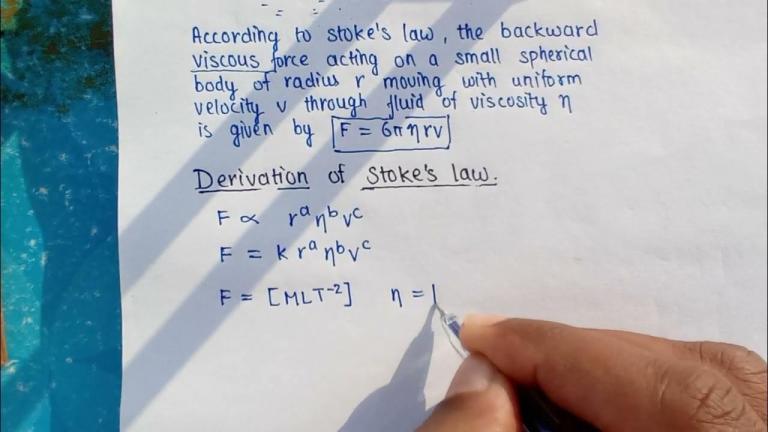
In the realm of legal proceedings, the Parol Evidence emerges as a nuanced facet, weaving intricate threads that impact the trajectory of criminal cases. This legal doctrine, shrouded in complexity, navigates the boundary between written and oral evidence, shaping the contours of legal arguments and the pursuit of justice. This article delves into the depths of the Parol Evidence Presumption, unraveling its intricacies and shedding light on its implications within criminal contexts.
Navigating the Parol Evidence Presumption
The Parol Evidence Presumption resides at the juncture where written agreements intersect with oral communications. It posits that when parties enter into a written contract, the terms and intentions embodied within that document are considered complete and final. As a result, extrinsic evidence, such as prior oral agreements or negotiations, is generally deemed inadmissible to alter or contradict the terms of the written contract.
A Shield Against Ambiguity of Parol Evidence Presumption
At its core, the Parol Evidence Presumption serves as a shield against ambiguity, ensuring that the terms of a written contract remain unclouded by extraneous influences. This presumption embodies the principle that the written document encapsulates the true intention of the parties, fostering clarity and predictability in legal relationships.
Illuminating Contractual Intent: Extrinsic Evidence
While the Parol Evidence Presumption restricts the use of extrinsic evidence to vary or contradict written agreements, there exist exceptions where such evidence is admissible. Courts may consider extrinsic evidence to elucidate the context surrounding the contract, shed light on the parties’ intentions, or establish defenses such as fraud, mistake, or illegality.
Presumption in Criminal Contexts: An Intriguing Intersection
The Parol Evidence Presumption extends its influence beyond the realm of contracts, intriguingly intersecting with criminal contexts. In criminal proceedings, this presumption may be invoked to interpret the intentions and actions of parties involved in criminal acts, shedding light on the intricacies of intent, conspiracy, and culpability.
Parol Evidence Presumption Criminal Intent and Conspiracy
The Parol Evidence Presumption assumes significance when unraveling the web of criminal intent and conspiracy. In cases where individuals are alleged to have conspired to commit criminal acts, extrinsic evidence, such as conversations or correspondence, may be examined to ascertain the extent of their involvement and the underlying motives.
Parol Evidence Presumption Establishing Mental State
Within the framework of criminal law, the Parol Evidence Presumption can illuminate the mental state of an accused party. Conversations, declarations, or other forms of extrinsic evidence may provide insights into the defendant’s state of mind, shedding light on whether certain actions were premeditated, accidental, or driven by a specific intent.
Contextualizing Criminal Acts
The Parol Evidence Presumption assumes a role of paramount importance in contextualizing criminal acts within a broader narrative. Extrinsic evidence, while limited by the presumption, can provide a backdrop against which the criminal offense occurred, potentially influencing considerations of motive, opportunity, and modus operandi.
Balancing Act: Parol Evidence Presumption and Exceptions
While the Parol Evidence Presumption establishes a firm foundation for interpreting written documents, its application within criminal contexts is a delicate balancing act. The court must meticulously assess the relevance and admissibility of extrinsic evidence, weighing its potential to elucidate intent against the risk of prejudicing the proceedings.
Conclusion
The Parol Evidence Presumption serves as a captivating legal principle that traverses the intricate paths of contractual agreements and criminal proceedings. As it intersects with criminal intent, conspiracy, and mental state, it becomes a prism through which the layers of human actions and motivations are unveiled. By fostering clarity while accommodating exceptions, this presumption adds depth and dimension to the pursuit of justice, enabling courts to navigate the intricate labyrinth of criminal intent with precision and insight.






